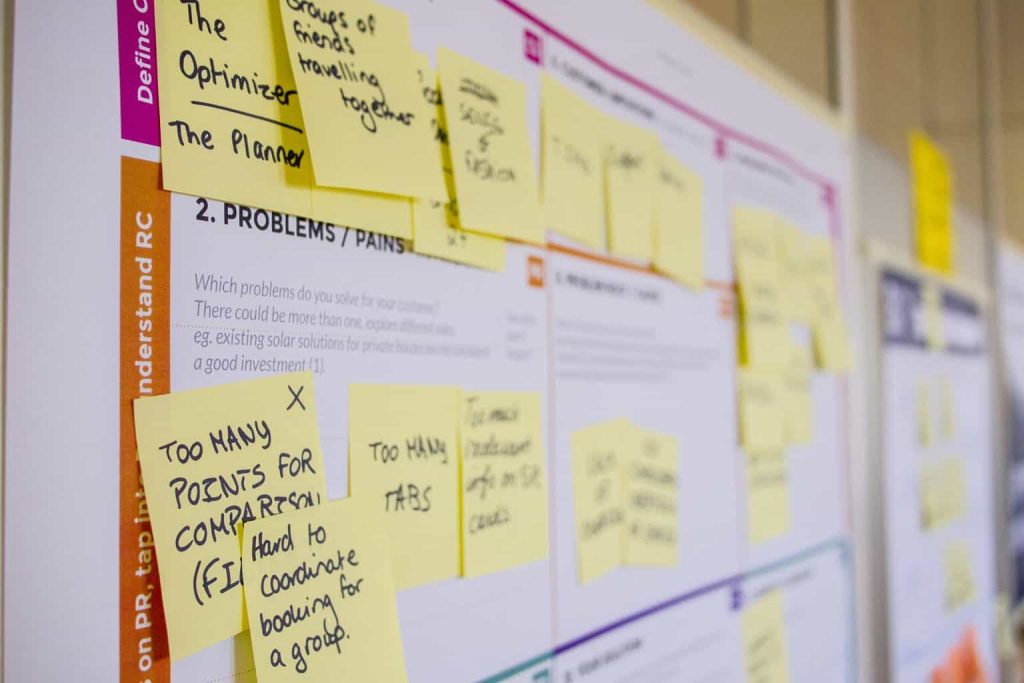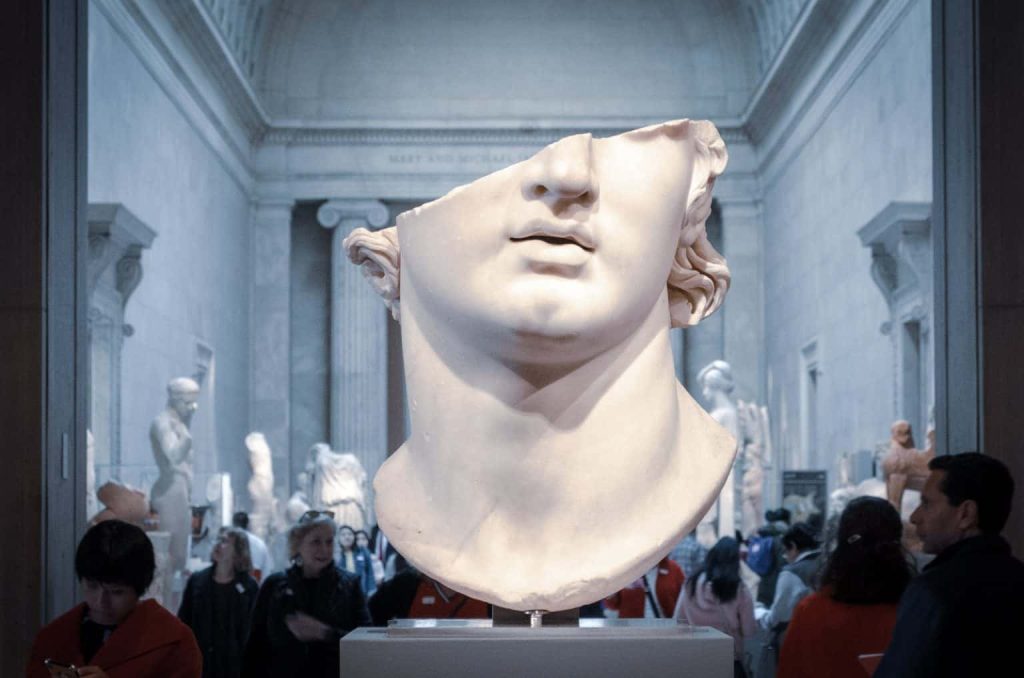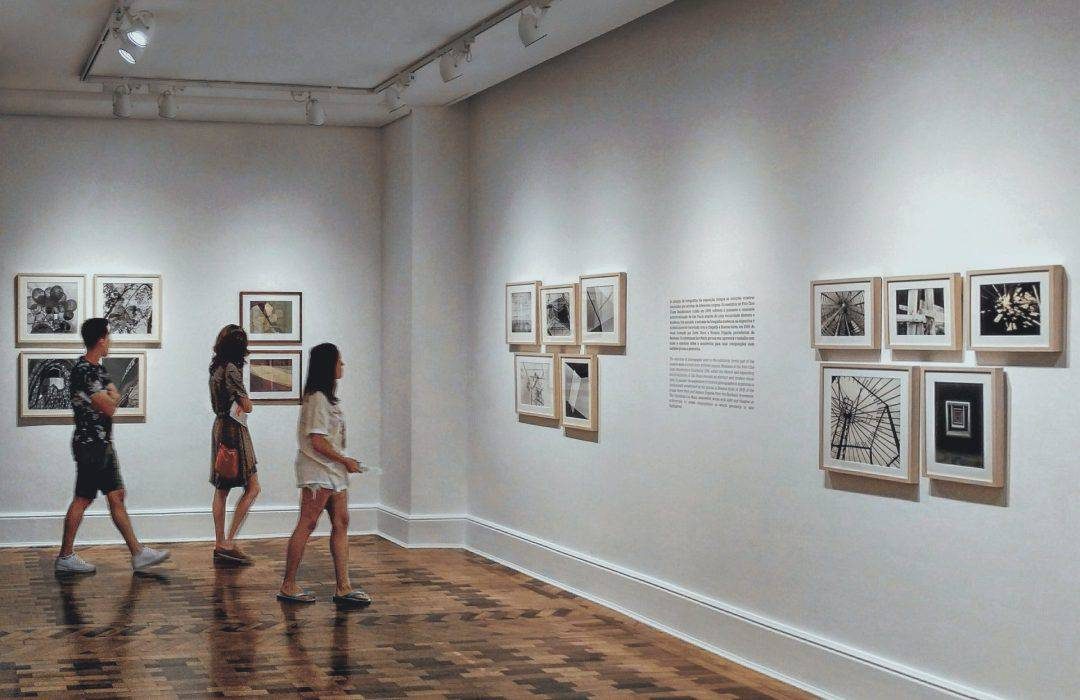
15 Jan Planning and Organizing Art Exhibitions
Art exhibitions are vibrant venues that serve as cultural hubs where people may engage with a wide range of artistic expressions while also giving artists a chance to showcase their works. Putting up an exhibition is a really rewarding endeavor, but it involves a lot of obstacles to overcome. Recognize how to organize and carry out art shows. Every stage involves great consideration and attention, from conceiving themes and curatorial choices to technical details like venue selection and installation difficulties. It emphasizes how crucial it is to adjust to modern presentation styles and broaden the audience for art outside of its physical space.
Pre-exhibition Planning
Photo by Daria Nepriakhina 🇺🇦
Defining Goals and Objectives
Setting clear and precise goals and objectives is paramount in the pre-exhibition planning phase. These objectives should adhere to the SMART criteria – Specific, Measurable, Achievable, Relevant, and Time-bound. By doing this, the organizers create a strong structure that makes evaluating the exhibition’s impact easier. Whether the goal is to support up-and-coming artists, improve community involvement, or ease the selling of artwork, a clear set of objectives provides direction for all aspects of the planning and implementation process.
Developing a Concept
Choosing an engaging topic or story is an essential component of pre-exhibition preparation. This idea influences both the selection of artwork and the general visiting experience. To ensure that the exhibition delivers a significant and coherent message, it is essential to modify the selected idea so that it appeals to the target audience. A carefully considered idea enhances the overall effect of the artwork on display by helping to create an immersive setting.

Budgeting and Fundraising
Careful estimation of expenses and the development of a robust fundraising strategy are crucial components in ensuring the financial success of an exhibition. Meticulous budgeting should encompass venue rental, equipment, insurance, and marketing costs. Simultaneously, organizers must implement a comprehensive fundraising strategy that leverages grants, sponsorships, ticket sales, and partnerships. This multifaceted approach ensures that the necessary funds are secured, guaranteeing the exhibition’s financial viability and success.
Selecting Artists and Artwork
Careful thought must be given to choosing artists and arranging their work so that it fits the selected topic and idea. Finding artists whose work complements the objectives of the show improves its overall impact. Careful curation is essential, finding a fine balance between consistency and diversity. This strategy guarantees that the exhibition presents a variety of artistic expressions within the specified theme bounds and provides visitors with an engaging and comprehensive experience.
Securing a Venue
Selecting a suitable location is an important decision that has a major effect on the exhibition’s success. The location should accommodate the anticipated audience in addition to enhancing the artwork on display. It is necessary to consider elements like security, lighting, and accessibility while designing the ideal setting for the show. The success of the exhibited artworks is increased and the entire visitor experience is improved by the organizers’ choice of location.
Exhibition Logistics

Photo by Raychan
Design and Layout
Creating an impactful exhibition involves meticulous planning of the design and layout. Develop a detailed floor plan that strategically places artworks to maximize their visual impact and create a cohesive narrative. Pay attention to the arrangement of exhibition walls, ensuring visually appealing backdrops and appropriate lighting that enhances the overall aesthetic experience. Thoughtful design and layout contribute significantly to the exhibition’s overall atmosphere and the audience’s engagement.
Installation and Transportation
The logistics of the exhibition depend heavily on the efficient coordination of the transportation of the artwork. Assure the artworks are handled, secured, and delivered to the location on schedule. To maximize efficiency and reduce interruptions within the art exhibition operation, provide precise and comprehensive instructions for both the installation and removal procedures. In this way, careful preparation guarantees that the artworks are exhibited as best they can be, which adds to the exhibition’s overall success.
Marketing and Promotion
A strong marketing strategy is necessary to spark interest and bring a wide range of people to the show. Create a thorough plan that makes use of both online and offline media. Create eye-catching advertising materials, interesting press releases, and lively social media content. In order to guarantee maximum exposure and attendance, the objective is to generate excitement and expectation surrounding the exhibition. A well-thought-out marketing and promotion plan makes a big difference in the event’s overall success.
Opening Reception and Events
The exhibition’s opening event establishes the tone for the whole thing and is an essential chance to attract guests and media interest. Organize a spectacular opening ceremony that fits the exhibition’s idea and subject. To improve visitor engagement, think about adding extra activities like artist lectures, workshops, or educational programs. In addition to giving the exhibition experience more dimension, these extracurricular events offer chances for audience and artist engagement. A well-thought-out opening night program is essential to the exhibition’s overall success and durability.
Operational Considerations

Photo by Jose Antonio Gallego Vázquez
Visitor Services and Security
Operational considerations for an exhibition must include the provision of visitor services and security measures. Train volunteers or hire dedicated staff to offer information, guide attendees, and ensure overall visitor safety. Implementing effective security measures is essential to safeguard the exhibited artworks, prevent theft, and create a secure and enjoyable environment for all attendees. By prioritizing both information services and security, organizers contribute to a positive and protected experience for visitors.
Artwork Sales and Management
Establishing transparent policies for artwork pricing, sales transactions, and commissions is crucial for the smooth operation of an art exhibition. Implement systems to track sales and maintain an accurate inventory, ensuring that all transactions are conducted efficiently. Clear guidelines on pricing and commissions contribute to fair and transparent interactions between artists and buyers, fostering trust. A well-organized sales and management system contributes to the overall success of the exhibition and facilitates a seamless experience for both artists and attendees.
Evaluation and Improvement
Post-exhibition evaluation is essential for understanding its success and identifying areas for improvement. Collect feedback from both visitors and participating artists to gain insights into their experiences. Analyze data related to budgeting, attendance, and marketing effectiveness to inform future initiatives. This ongoing evaluation process enables organizers to refine their strategies, enhance the exhibition’s overall impact, and adapt to the evolving needs and preferences of their audience. By actively seeking and incorporating feedback, organizers can ensure continuous improvement in their exhibition planning and execution.

Photo by Matheus Viana
Conclusion
The successful planning and execution of art exhibitions demand a meticulous and creative approach across three distinct phases. The pre-exhibition planning stage underscores the importance of setting specific and measurable objectives, developing a compelling concept, and securing adequate funding through a well-thought-out budget and fundraising strategy. The careful selection of artists and artwork, coupled with securing an appropriate venue, ensures the creation of a cohesive and immersive experience for both artists and attendees.
Moving into the exhibition logistics phase, the emphasis lies on designing impactful layouts, managing the transportation and installation of artworks, and implementing a comprehensive marketing strategy. The incorporation of a memorable opening reception and complementary events further enhances visitor engagement. The final operational considerations phase highlights the necessity of ensuring visitor services, security, transparent policies for artwork sales, and continuous evaluation for improvement.
Key Takeaway
Planning Phase | Logistics Execution | Operational Considerations |
Define SMART objectives | Develop a captivating layout | Ensure visitor safety and security |
Craft a compelling concept | Coordinate installation | Streamline artwork sales processes |
Budget and fundraising | Execute robust marketing | Evaluate and learn for improvement |
FAQs
How do I choose the right venue for my art exhibition?
Consider factors such as the venue’s aesthetics, accessibility, and capacity to ensure it complements your artwork and accommodates the expected audience.
How can I secure funding for my exhibition?
Explore grants, sponsorships, ticket sales, and partnerships. Craft a compelling fundraising strategy aligned with your exhibition goals.
What should I include in the opening event to attract attention?
Plan a memorable opening event with engaging elements like artist talks, workshops, and programs that align with your exhibition theme.
Navigate the process of curating a compelling online art exhibition with this comprehensive step-by-step guide, tailored for both artists and curators seeking to showcase and engage audiences in the digital realm through the “Planning Your First Digital Art Exhibition” guide.

